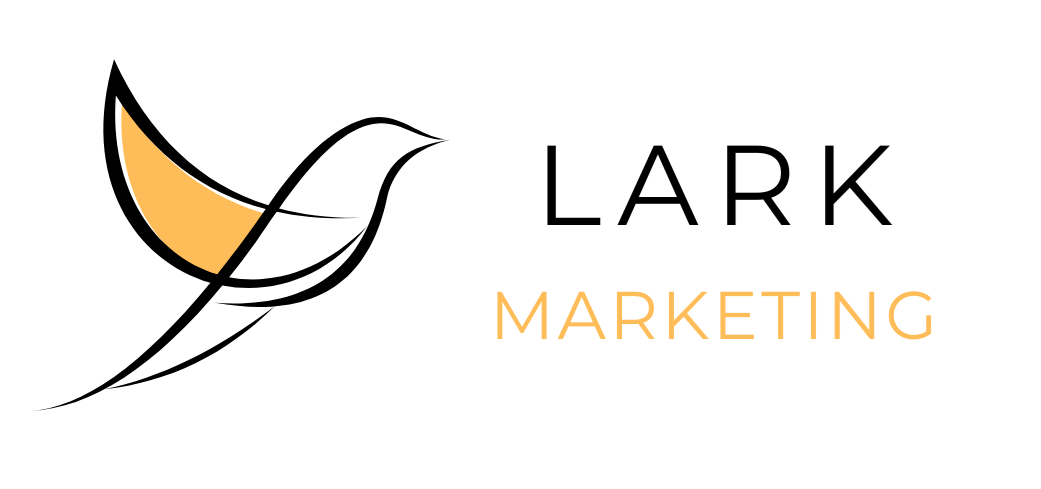How the LinkedIn algorithm works
I was discussing LinkedIn with a colleague recently, who shared her surprise that LinkedIn operates algorithms! We’re often bemoaning Facebook’s algorithm flooding our walls with a lot of irrelevant content from pages that we don’t even follow, but LinkedIn’s algorithm is a little bit smarter than that. So, it got me thinking that maybe it would be helpful to write about this.
Just like Google that I wrote about yesterday, the LinkedIn algorithm in 2025 prioritises high-quality content, meaningful engagement, and credible expertise. For professionals and businesses aiming to expand their reach on LinkedIn (aren’t we all?) then it’s important to understand how the algorithm works. Here’s what I know…
At a high level, LinkedIn’s algorithm follows a three-step process to determine which content appears in users’ feeds:
Quality filtering – LinkedIn instantly classifies your post as spam, low-quality, or high-quality based on factors like grammar, engagement bait (i.e. “Type YES if you agree!”, and excessive hash-tagging (Tip: three to five hashtags is optimum)
Engagement testing – Your LinkedIn post is shown to a small group of your followers. Strong initial engagement within the first hour of posting increases the likelihood of your post reaching a broader audience. (Tip: consider your timing when posting)
Network and relevance ranking – The algorithm prioritises content from people and topics you regularly engage with or have shown interest in. (Tip: focus on engaging with what you know.
If you want to understand more about this, LinkedIn Engineering will tell you all you need to know (disclaimer: it’s techy!)
How to make friends with the LinkedIn algorithm
Step 1: Quality is key
As soon as you publish a post, LinkedIn scans it for content quality. Posts that fall under the following categories may be filtered out:
- Spammy behaviour – Tagging irrelevant people or overusing hashtags.
- Low-quality content – Poor grammar, irrelevant information, or excessive posting.
- Over-posting – Posting multiple times within a short time frame (less than 12 hours apart).
To avoid having your posts flagged, focus on clear, valuable content with a few targeted hashtags (remember, 3-5 per post) and evenly space out your posts over time. (tip: you can use LinkedIn’s scheduling feature to help with this).
Step 2: Testing your content’s engagement potential
Once LinkedIn is satisfied your post is of good quality, it distributes it to a small audience. This is often called the “golden hour” — the first 60 minutes when engagement is critical.
Content that receives high-quality engagement (such as thoughtful comments or shares) during this period is pushed to a wider audience, including second and third-degree connections.
So how do you get engagement in that first hour?
- Pose questions to encourage comments (tip: ask questions that your network are likely to answer!)
- Respond quickly to comments to keep the conversation going.
- Engage with other people’s content before posting to increase visibility on your own post.
Step 3: How to reach the right audience
Your content won’t be shown to all of your connections. LinkedIn uses three key factors to determine who sees your content:
Identity
The algorithm considers users’ job titles, industries, locations, and skills to match content to the right audience.
Content relevance
LinkedIn considers how closely your content aligns with users’ interests based on:
- Topic relevance.
- Dwell time (how long users engage with your post).
- Past engagement with similar content.
Consistently posting about a specific niche helps LinkedIn identify you as an authority, increasing your content’s visibility.
User activity
LinkedIn monitors users’ past interactions to determine their content preferences. Those who engage with your posts frequently are more likely to see your future content.
The LinkedIn algorithm in 2025
The 2025 algorithm update introduced changes impacting content visibility:
It prioritises subject matter experts
LinkedIn now favours posts from users who consistently share their thoughts and expertise within a specific field. Carving out a clear niche increases content visibility.
It’s cracking down on ‘clickbait’
Engagement bait (such as “Comment YES if you agree”) is now frowned upon by the algorithm, instead showing a preference for content that strikes up meaningful discussions.
High, early, post engagement
Strong interaction within the first hour remains crucial. Posts receiving quick comments or shares are rapidly pushed to wider networks. (tip: in light of this you may be tempted to join a LinkedIn ‘pod’ – my advice would be to steer well clear!).
It’s promoting native content
The platform prioritises content that keeps users on the platform. If you’re using LinkedIn solely to drive traffic to your website, you may need to rethink that strategy. Instead, be creative with what you’re posting. It’s showing a preference for text posts (caution, not too long!), carousels, short videos. So, posts containing external links may experience reduced visibility. (The jury’s still out as to whether it dislikes adding hyperlinks in the comments.)
How to make your content perform better in 2025
To maximise your reach, focus on content types that LinkedIn’s algorithm prefers:
Conversational posts
Posts that invite discussions, ask questions, or share personal experiences tend to drive more engagement, increasing your visibility.
Native videos and carousels
Videos now receive 5 x more engagement than standard posts, and LinkedIn Live videos generate 24 x higher engagement! If video’s just not your thing, then carousels or document posts often gain significant traction.
Content that’s valuable for your network
Content that offers practical tips, (i.e., like this article!) insights from your industry, or advice is highly rewarded. If readers find your content valuable, they are more likely to save it, engage with it, or share it, prompting LinkedIn to promote it further.
Tips to turn your Linkedin content into the algorithms best friend
Here are some actions you can take to ensure your content aligns with the LinkedIn algorithm:
Nail the intro
The first three lines of your post are crucial. Start with a bold statement, question, or insight to capture attention quickly.
Use your hashtags wisely
Limit yourself to 3-5 relevant hashtags. Overusing hashtags or using irrelevant ones may get your content flagged as spam.
Keep your eye on the clock
Post when your audience is likely to be most active to increase the chance of better engagement. Remember the first hour is critical. Tuesday mornings or Thursday evenings often yield the best results.
Invite comments and shares
End your posts with a question or clear call-to-action (CTA) like “What do you think?” or “I’d be really interested to hear my network’s view on this.”
Avoid sharing external links
If you need to share a link, place it in the comments rather than the main post to avoid reduced visibility. It’s advisable to share a graphic or image to grab attention instead.
Engage with others
Commenting on others’ posts increases the visibility of your own content. Genuine, thoughtful interactions are key, don’t post for posting’s sake.
Final thoughts to conclude
The LinkedIn algorithm in 2025 is designed to favour and promote valuable, engaging content while weeding out clickbait and low-quality posts. Being authentic, demonstrating your knowledge and authority, and encouraging meaningful engagement, you can all help to expand your reach on the platform.
By staying consistent, prioritising value-driven content, and focusing on having conversations with your network, you’re more likely to stay on the right side of the algorithm and reap the rewards.
I can help you with your LinkedIn strategy. Send me an email and I’ll be in touch ASAP.


